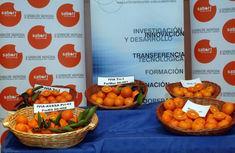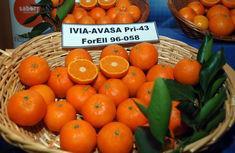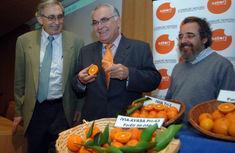


The cultivars have been developed at the region’s research institute Ivia, with the intention of extending the Spanish easy-peel season by a month to nine months of the year. Up to 12 per cent of the existing production area could be converted to the new types, in a bid to achieve the first fully commercial season in 2013.
“We are going to put new varieties that don’t exist anywhere else in the world at the disposal of the sector,” said Juan Cotino, agriculture secretary at the Valencia regional government. “If we know how to grow and market them adequately, our citrus industry will once again have the future and importance that it has held historically.”
Cotino also said that his regional executive will be offsetting the cost of the conversion and that aid from the EU and the national government has also been sought. “We are going to give growers as much help as possible to defray the cost of the variety conversion,” he said. “But if we get support from central government and Europe, then we will be able to advance much faster.”
The first phase of conversion will involve 20,000ha, and Cotino expects that growers will be able to begin grafting in 2008, with first fruit expected in the market within four years. The new types are still numbered varieties, and patenting is being handled by Fundación Agroalimed.



